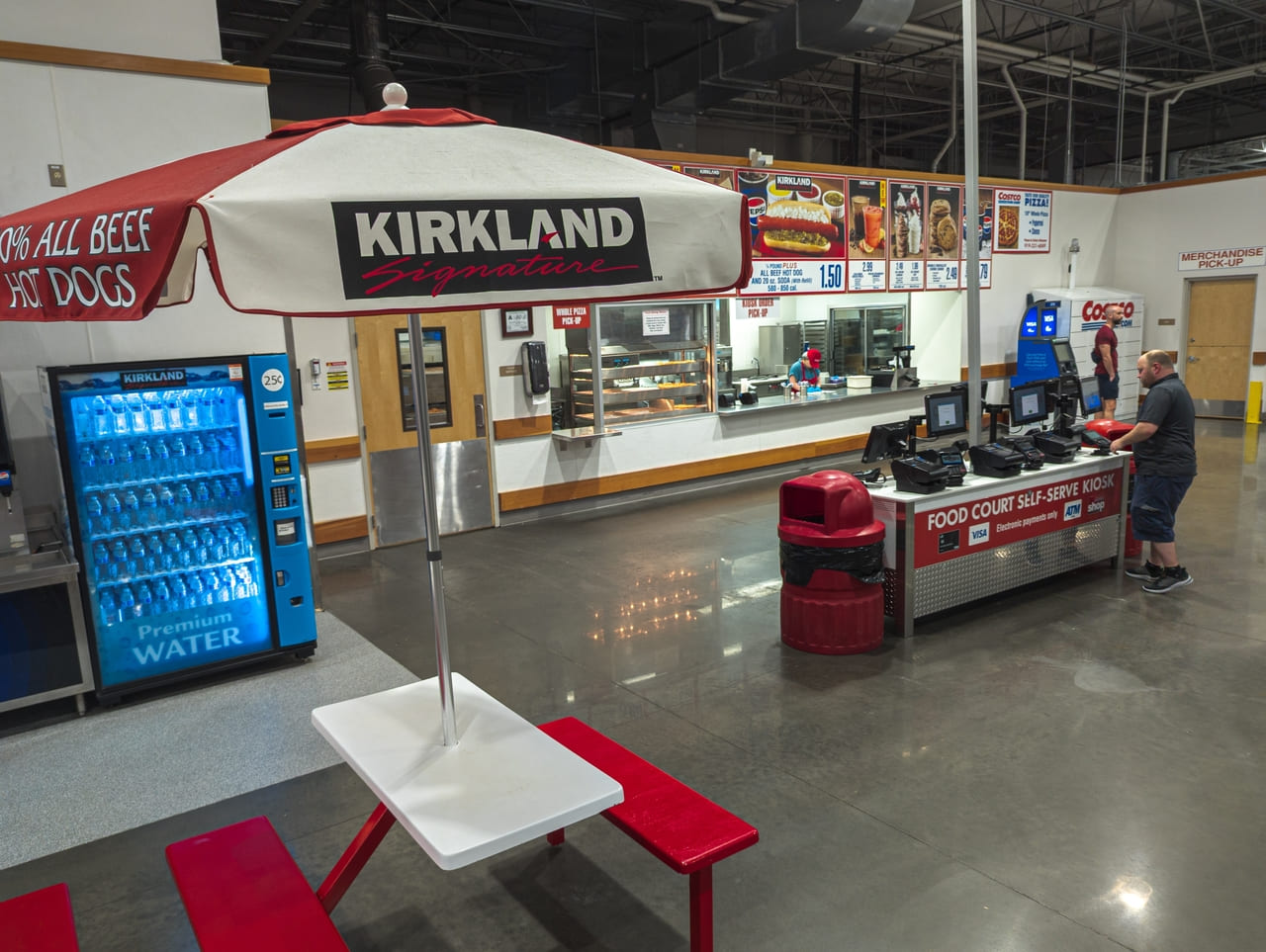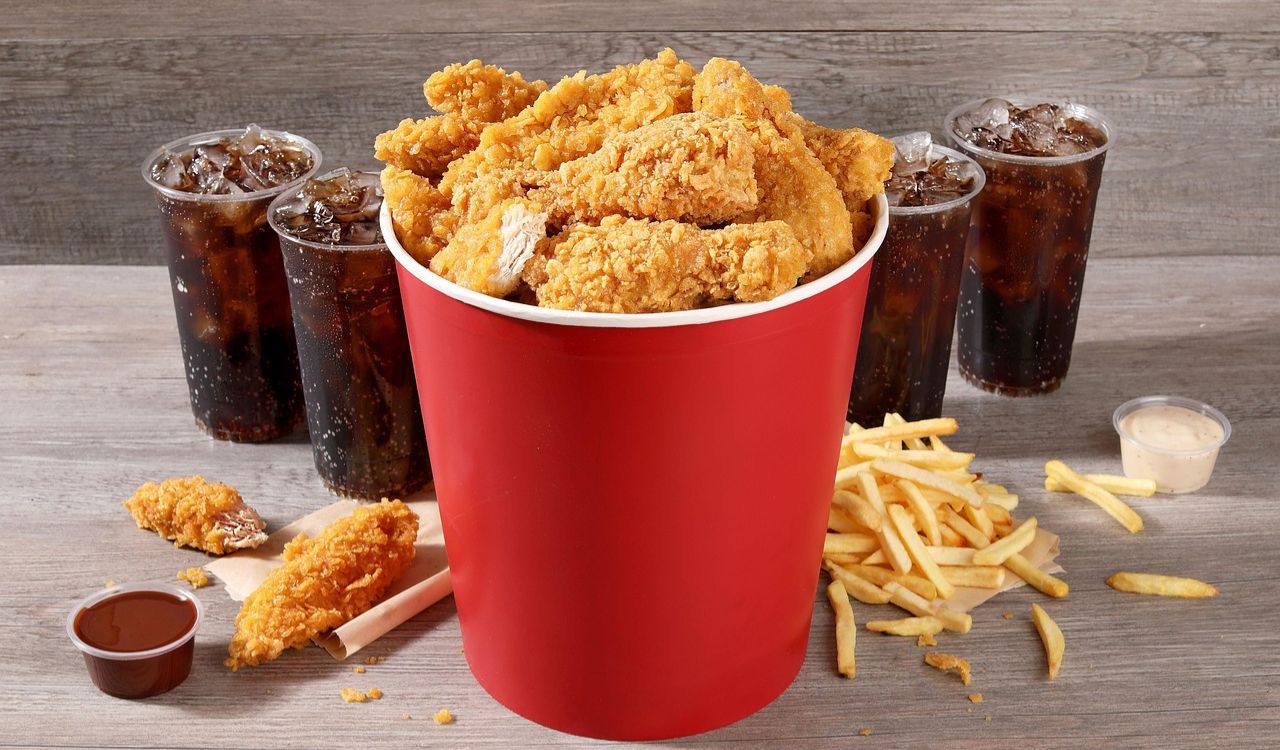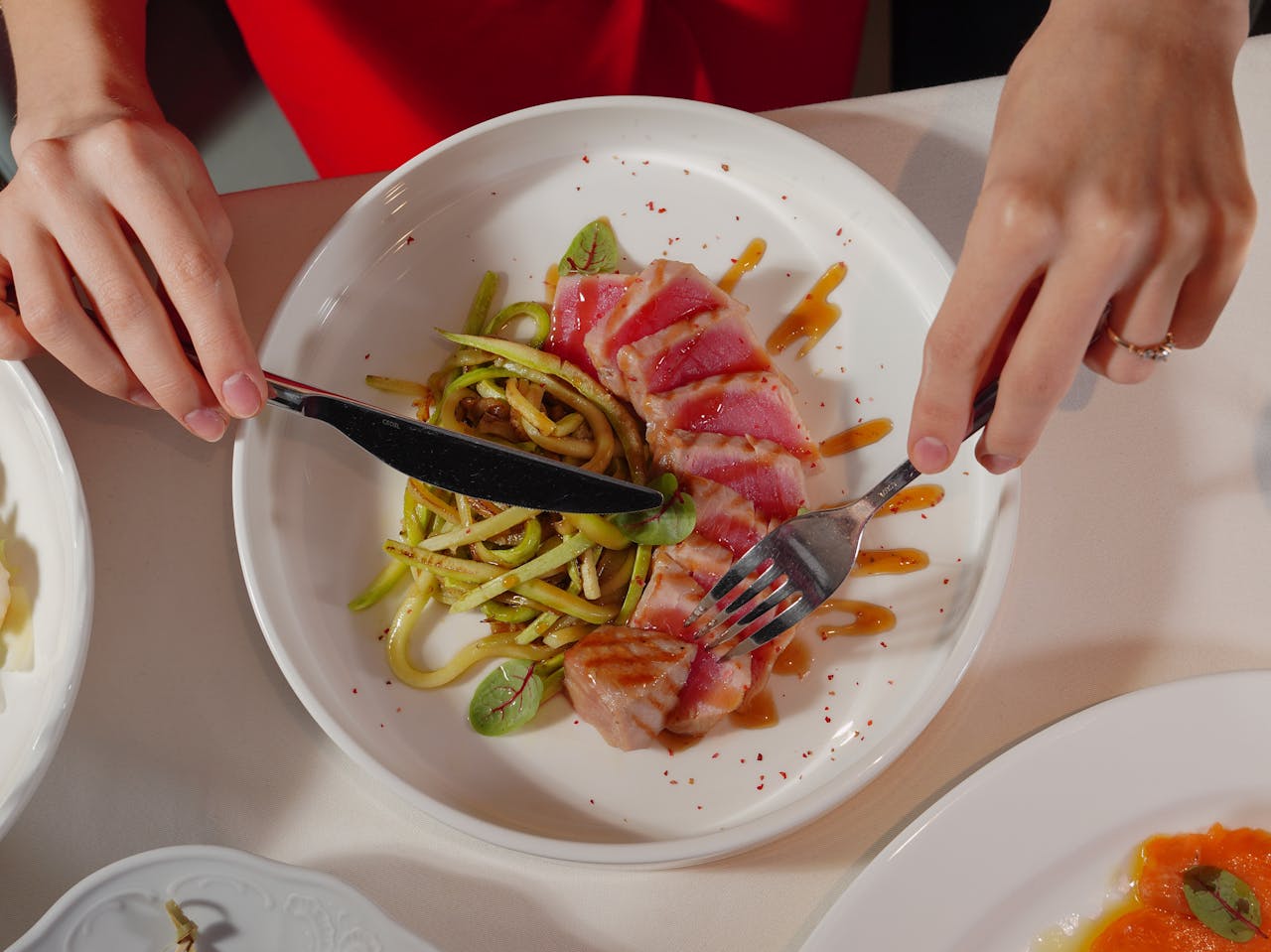Is Washing Dishes the British Way Actually Safe

The moment you hear about the British habit of washing dishes in a basin of hot, soapy water and letting them air-dry without rinsing, it raises eyebrows. People outside the UK often assume leftover suds must mean leftover germs, but the story is more layered than that. What seems odd at first glance comes from a mix of resourcefulness, plumbing history, and long-standing kitchen culture.
Here’s the thing: the method grew out of older homes with separate hot and cold taps, which made controlled rinsing harder. Families filled the washing-up bowl with hot water, washed everything at once, and set the dishes aside to dry. That process stuck, even as kitchens modernized. Whether it’s still safe is where the debate sits today.
When you look closer, the question isn’t about tradition versus modern habits. It comes down to what actually kills bacteria, how detergents work, the temperature of the cleaning water, and how dishes dry. What this really means is that the safety of the British style depends on more than whether someone rinses a plate.
Let’s break it down in a practical way, without the myths or dramatics, and look at what science actually says.
What Makes the British Dishwashing Method Unique?
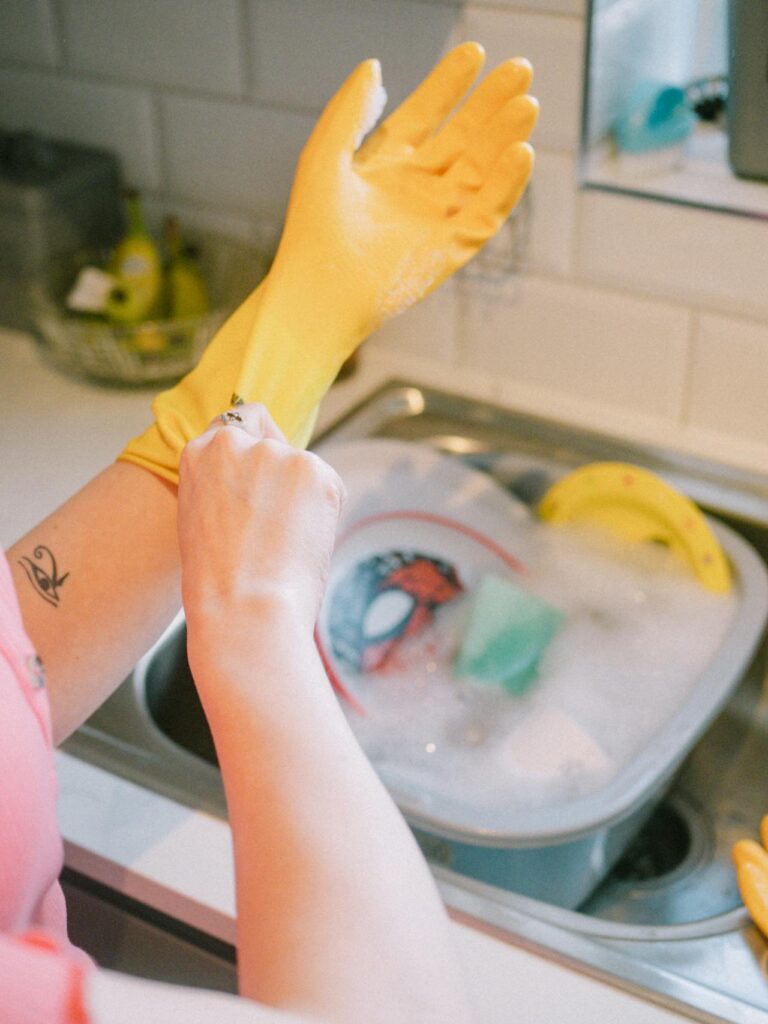
Before you decide whether this habit is safe, it helps to understand why it exists and what sets it apart. The traditional bowl-and-dry method isn’t random. It’s a combination of hot water use, detergent chemistry, and very old kitchens still influencing modern routines.
The Role of the Washing-Up Bowl
Many households still use a plastic basin inside the sink to hold hot soapy water.
This wasn’t just about convenience. Older sinks had hotter water in a small tap that wasn’t suited for rinsing. Filling the bowl lets people work faster and avoid frequent refills. The habit continued because it saves hot water and keeps dishes soaking long enough to loosen grime. Even though modern taps can handle rinsing just fine, the bowl remains part of the cultural routine.
Why Many People Don’t Rinse
Detergent makers claim their formulas leave minimal residue once dried.
The idea is that hot water carries most of the suds away during scrubbing, and the rest evaporates harmlessly as the plate dries. For many families, this became normal. The convenience outweighs the fear of residue, especially since most soaps today are designed to be low-risk. To understand whether skipping the rinse is safe, you have to look at the science of detergents rather than tradition alone.
Is It Actually Safe From a Hygiene Perspective?
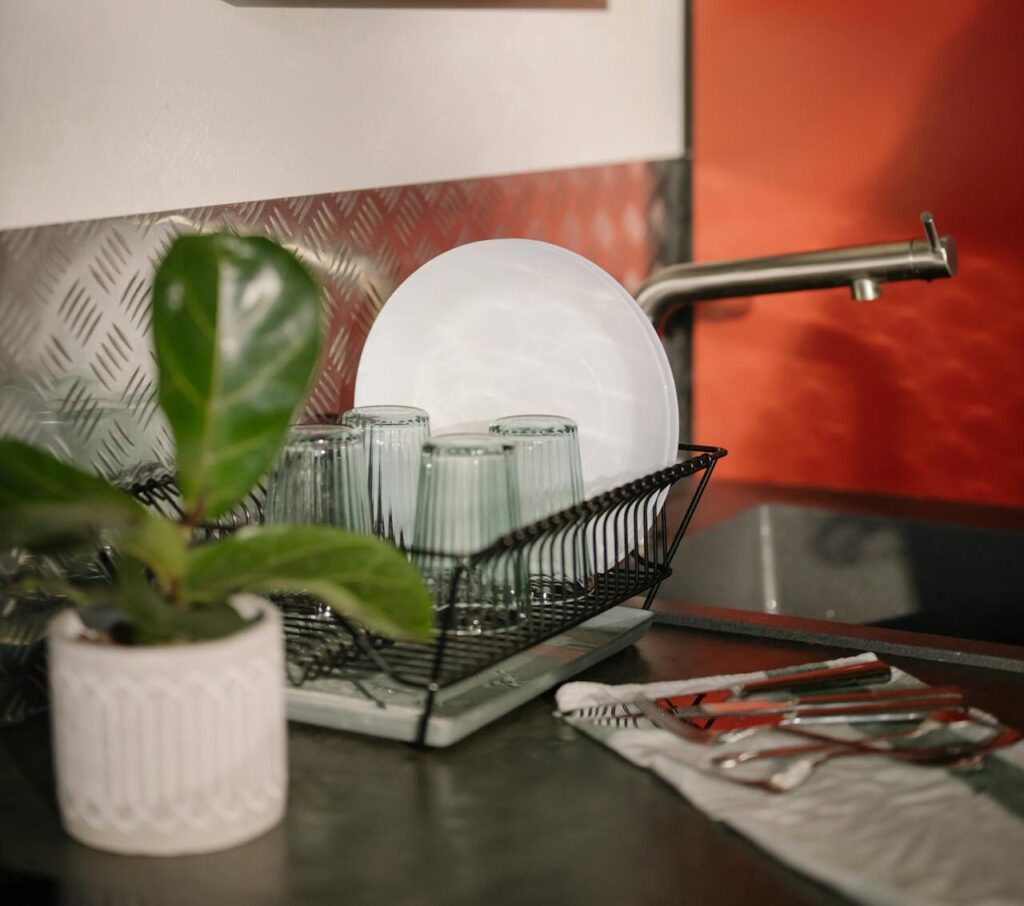
Here’s where the conversation gets real. Safety depends on water temperature, detergent formula, drying method, and how dirty the dishes were to begin with. The British way can be perfectly safe, but only when those factors line up.
Detergent Chemistry and Residue
Modern detergents are made to bind to oils, not to plates.
When dishes are scrubbed with enough agitation, most of the surfactants cling to the grease being removed instead of the dish surface. As the water drains off, residue tends to be minimal. That means the remaining suds seen on a plate aren’t necessarily harmful. The risk rises only when water is cold, soap is overused, or dishes are stacked before drying.
Drying and Bacterial Growth
Air-drying plays a bigger role than most people realize.
Bacteria spread more easily on damp towels than on clean, air-dried dishes. This is why many food-safety experts actually prefer air drying over towel drying. As long as the wash water is hot enough and the dishes are left to dry completely, the risk of germs staying behind drops significantly. The problem comes when dishes are left in lukewarm, dirty water or set to dry while still visibly greasy.
When Is Rinsing Still Necessary?
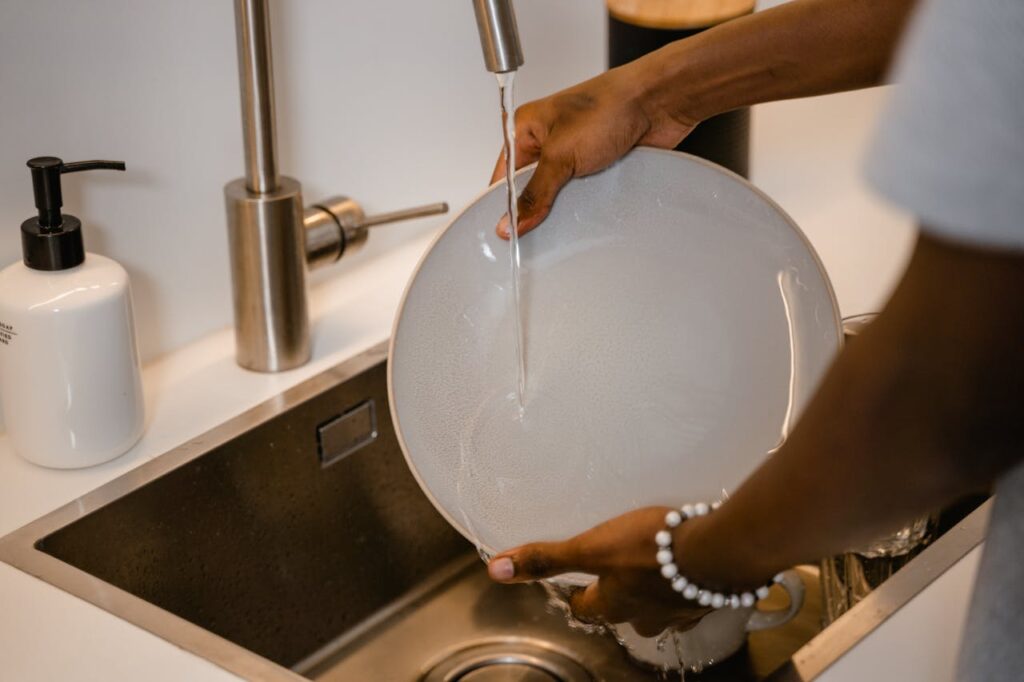
Even though the British method can be safe, there are moments when skipping the rinse isn’t a great idea. These situations depend less on culture and more on what kind of food you’re dealing with.
High-Risk Foods
Raw meat, eggs, and dairy leave behind bacteria that survive warm water.
If cutting boards or knives soaked in soapy water aren’t rinsed thoroughly, contaminants can linger. This is where rinsing or using hotter water becomes essential. Many households already treat these items differently without even noticing the habit shift. The rule of thumb: if the food carried a higher risk, so should the cleaning method.
Heavy Grease and Residue
Greasy pans and oily containers grab onto soap longer.
They need either a hotter wash or a clean rinse to keep residue from sticking. In traditional British washing, these items usually get washed first in the hottest water before the temperature cools. When that step is skipped, the safety of the no-rinse method drops. Context matters more than the tradition itself.
Safe Enough, but Not in Every Situation
The British way of washing dishes looks odd to outsiders, but it’s grounded in logic, thrift, and experience. When the water is hot, the detergent is used correctly, and items are left to dry fully, the method is generally safe. The key is knowing when to break from tradition, especially with high-risk foods or greasy cookware. In the end, safety isn’t tied to one country’s habits. It comes down to understanding what actually keeps bacteria away.


